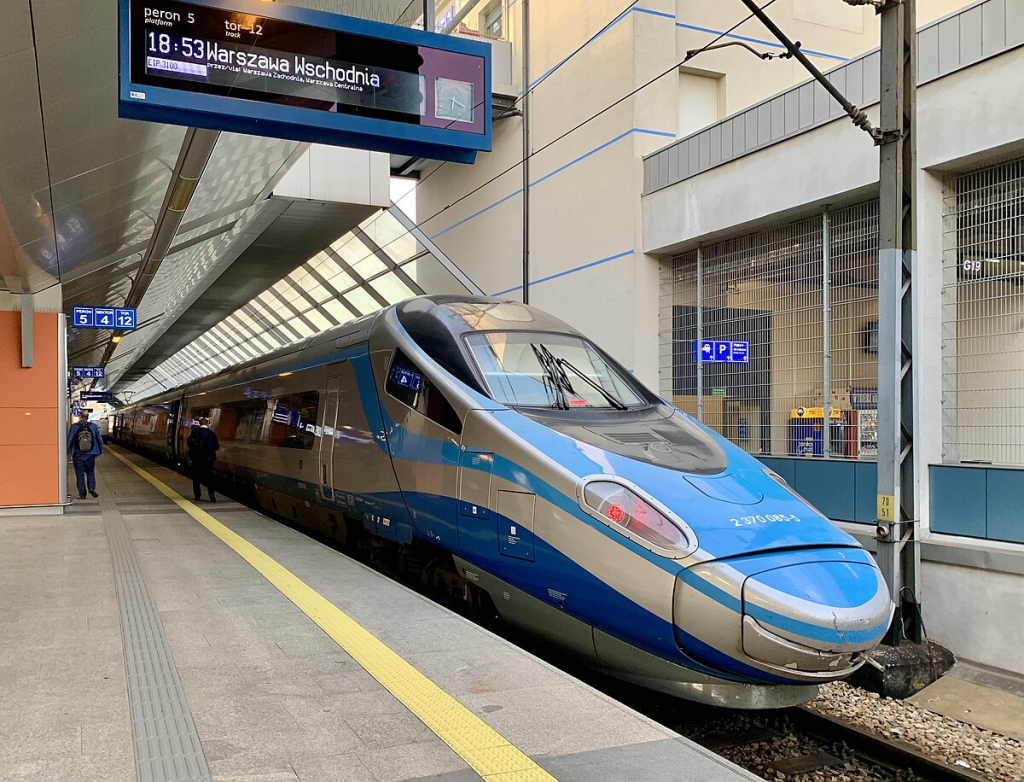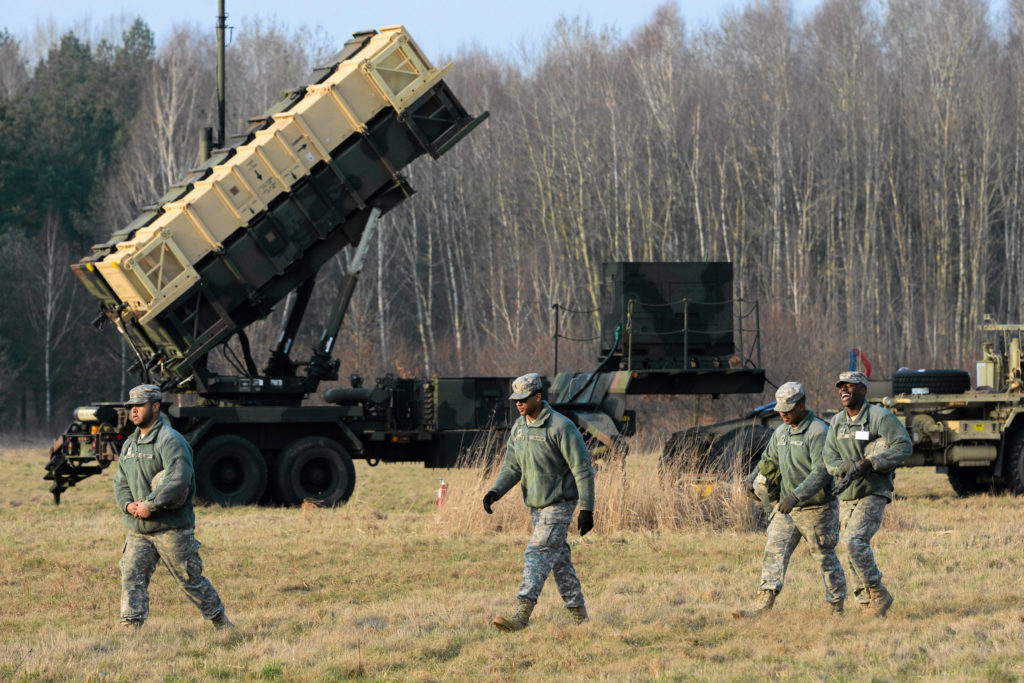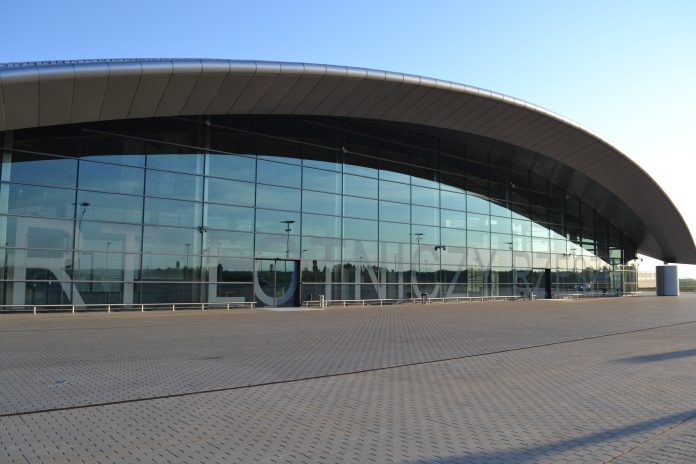
It was a quiet Sunday morning, 4:30, when a train driver on the Warsaw-Lublin line in Poland spotted warped steel ahead and hit the brakes hard. Investigators later confirmed it wasn’t wear and tear-it was an explosive device. “The incident,” said Prime Minister Donald Tusk, “is an unprecedented act of sabotage,” a phrase he didn’t use lightly in a country that has faced years of Russian hybrid operations.
The incident targeted one of the most important routes for transporting aid into Ukraine. More than a domestic security issue, it is part of a wider pattern of physical and cyberattacks, drone incursions, and influence campaigns aimed at NATO’s eastern flank. For defense analysts and policymakers, the sabotage was a case study in how modern gray-zone conflict is waged—and why it’s escalating.
This list distills the most important elements of the attack and its wider strategic context, from technical details regarding the rail damage to the geopolitical chess game behind it.

1. The Target: A Lifeline to Ukraine
More than a domestic commuter route, the Warsaw-to-Lublin rail corridor is an important conduit for military and humanitarian shipments into Ukraine. Disrupting it would risk delaying the receipt of much-needed weapons, medical supplies, and other aid at a time when Kyiv’s logistics are under constant strain.
Tusk emphasized in this respect that the blast was directed “directly [at] the security of the Polish state and its civilians.” The location—near Mika, about halfway to Lublin—indicates that the saboteurs chose a segment where the effects of the damage would also ripple into civilian and military transport.

2. Coordinated Strikes on the Same Day
Within hours of finding the first device, a second incident near Puławy saw overhead lines damaged and a metal brace appear on the tracks, stopping a train carrying 475 passengers. One carriage had its windows shattered, but nobody was hurt.
Authorities are investigating whether the two incidents were connected, part of a coordinated effort to strike at several points along that strategic route. Since then, the army started checking the remaining 120 km of track toward the Ukrainian border.

3. A Pattern of Hybrid Aggression
The sabotage comes amidst a spate of Russian gray-zone tactics mixing sabotage and cyberattacks with disinformation, stopping just short of open war. According to a CSIS database, physical attacks in Europe linked to Russia almost tripled between 2023 and 2024. Transportation and critical infrastructure have been favored targets. The incidents include warehouse fires, reconnaissance of military airfields, and attempts to derail trains carrying military aid in Poland.

4. Recruitment Through Proxies and Apps
Investigations have also shown that most saboteurs are not Russian citizens themselves, but often Ukrainians, Belarusians, or Poles hired for one-off jobs. Often, messaging platforms such as Telegram are used as a means of recruitment, promising anonymity and quick pay.
These “disposable agents” are often instructed to photograph infrastructure, place devices, or relay coordinates. The approach enables Moscow’s security services to maintain plausible deniability while extending their reach deep into NATO territory.

5. Drone Incursions and Airspace Probes
The rail attacks come amid a series of airspace violations. In September, NATO fighters shot down several Russian drones over Poland—the first such engagement over alliance territory. Earlier, a swarm of about 24 drones penetrated Polish airspace, some of them heading toward Rzeszów-Jasionka Airport, a NATO logistics hub. These incursions force NATO into using costly interceptors on cheap targets-a tactic analysts warn could strain defenses if repeated at scale.

6. Undersea and Energy Infrastructure at Risk
Beyond rail and air, Russian operations have also targeted undersea cables and pipelines: Finnish investigators connected a Chinese-registered ship with a Russian crew to damage in the Baltic Sea; other incidents involved anchors dragged across seabed cables.
These types of attacks imperil communications and energy flows vital to both civilian life and military coordination, underlining a multi-domain nature of hybrid warfare.

7. Cyber and Disinformation Campaigns
The Polish Ministry of Digital Affairs says it faces “60,000 to 70,000 attacks a month” from hostile actors probing networks from water systems to the National Health Fund. There have also been cyber incidents paired with disinformation: false reports of military drafts, fabricated corruption leaks, anti-NATO narratives amplified by bot networks. These campaigns aim to undermine public confidence in government, polarize political factions, and delegitimize resolve to support Ukraine.

8. NATO’s Defensive Response
After the drone swarm in September, Poland invoked Article 4 of the Washington Treaty, which calls for urgent consultations. NATO has reinforced the Eastern Sentry posture, adding AWACS surveillance, Patriot batteries, and allied fighter patrols. The alliance is considering an eastern flank “drone wall” with radars, jammers and interceptors. EU foreign policy chief Kaja Kallas has targeted operational capability by 2027 – though such a move will likely be imperfect and expensive.

9. Strategic Messaging and Escalation Risks
Polish generals have framed the sabotage as part of preparations for aggression. “The enemy is preparing for war, setting the conditions for an act of aggression on Poland,” warned Gen. Wiesław Kukuła. While Warsaw avoids direct attribution, the pattern is consistent with other Russian-linked incidents. It challenges NATO to deter further attacks without provoking uncontrolled escalation-a delicate balance it has had to keep since February 2022.
The rail sabotage near Mika is not an isolated incident but part of a broader, growing hybrid campaign against NATO’s eastern flank. For Poland, it underlines the need to harden infrastructure, enhance counterintelligence, and integrate cyber, physical, and informational defenses. For the alliance as a whole, it’s a cue: in the gray zone between peace and war, vigilance and adaptability are as crucial as tanks and missiles.


